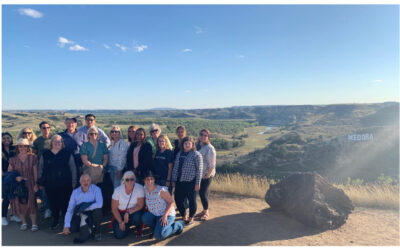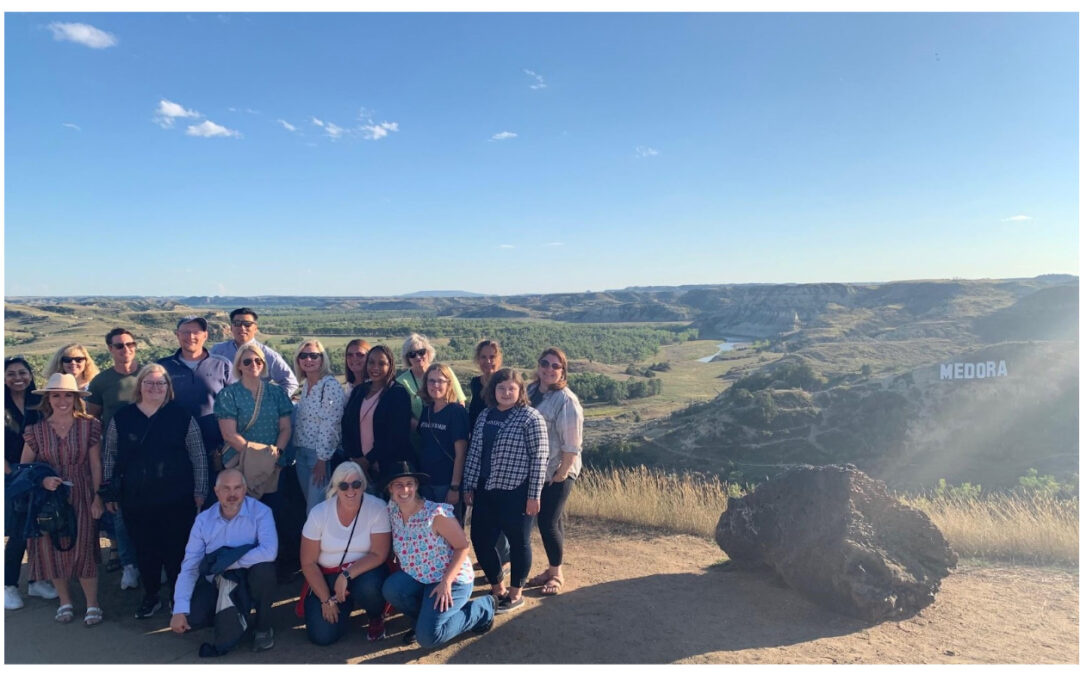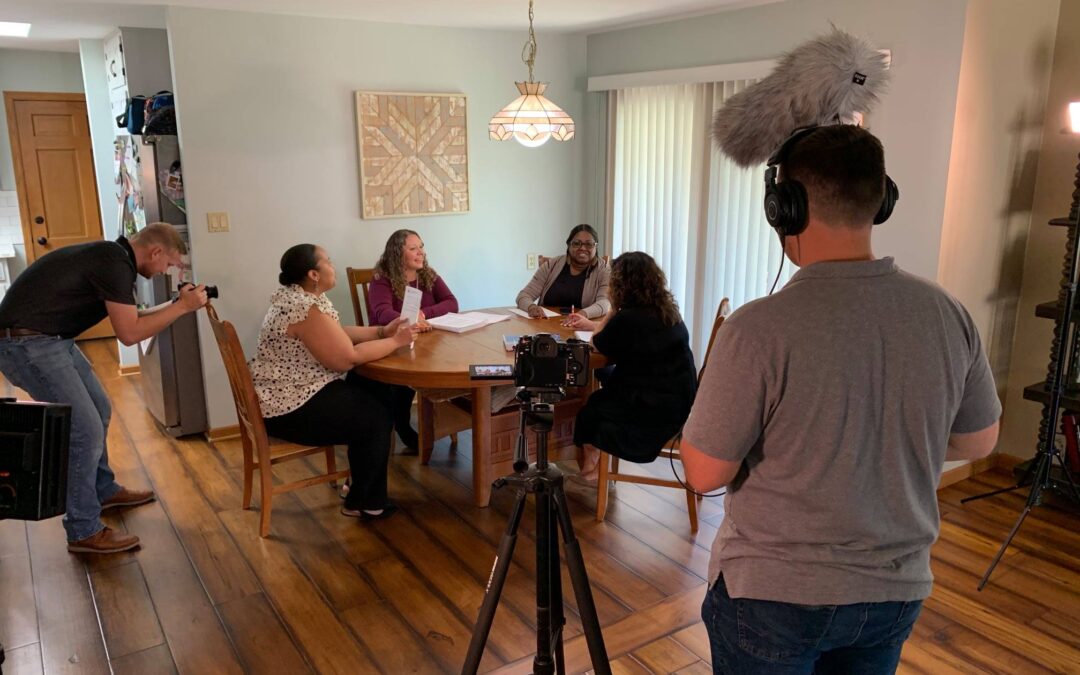In a recent blog post, we introduced the first two W’s of a process evaluation:
- Why conduct a process evaluation
- Who should conduct a process evaluation
This blog post will cover the remaining three W’s:
- What methods to use to conduct a process evaluation
- Where to conduct a process evaluation
- When to conduct a process evaluation
WHAT METHODS TO USE WHEN CONDUCTING A PROCESS EVALUATION
There are several different data tools and methods you can use during a process evaluation. It may be helpful to use a combination of these methods!
- Review documentation: It can be helpful to review staff logs, notes, attendance data and other program documents during a process evaluation. This method will help you to assess if all staff are following program procedures and documentation requirements.
- Complete fidelity checks: Many programs/curriculums come with fidelity checklists for assessing program implementation. This is especially important if you are implementing an evidence-based program or model. Programs may have a set number of required sessions and guidelines for how frequently they should occur. You can use fidelity checklists to assess if the program’s implementation is consistent with the original program model.
- Observe: Observations can be especially helpful when you
 have multiple sites and/or facilitators. During observations, it’s crucial to have a specific rating sheet or checklist of what you should expect to see. If a program has a fidelity checklist, you can use it during observations! If not, you should create your own rubric.
have multiple sites and/or facilitators. During observations, it’s crucial to have a specific rating sheet or checklist of what you should expect to see. If a program has a fidelity checklist, you can use it during observations! If not, you should create your own rubric.
- Collect stakeholder feedback: Stakeholder feedback gives you an idea of how each stakeholder group is experiencing your program. Groups to engage include program staff, clients, families of clients and staff from partner programs/organizations. You can use interviews, surveys, and focus groups to collect their feedback. These methods should not focus on your clients’ outcomes, but on their experience in the program. This will include their understanding of the program goals, structure, implementation, operating procedures and other program implementation components.
In our evaluation project with the Wabash YMCA’s 21 Century Community Learning Center, we used a combination of the methods described above. Our staff observed each program site using a guiding rubric. Our team collaborated beforehand to make sure they had a consistent understanding of what components to look for during observations. We also collected stakeholder feedback by conducting surveys with students, parents and teachers. The content of these surveys focused on their experiences and knowledge of the program. After the program was complete, we reviewed documentation, including attendance records and program demographic information.
WHERE TO CONDUCT A PROCESS EVALUATION
You should conduct a process evaluation wherever the program takes place. To capture an accurate picture of implementation, an evaluator needs to see how the program operates in the usual program environment. It is important to assess the implementation in all program environments. For example, if a program is being implemented at four different sites, you should assess the implementation at each site.
In our evaluation project with the Wabash YMCA, we assessed the program implementation at three different school sites. This involved physically observing the program at each site as well as reviewing records and documentation from each site. Being in the physical environment allowed us to assess which procedures were used consistently among sites. It also helped us identify program components that needed improvement.
WHEN TO CONDUCT A PROCESS EVALUATION
An organization can conduct a process evaluation at any time, but here are a few examples of times when its use would be most beneficial:
- A few months to a year after starting a new program, you can conduct a process evaluation to assess how well your staff followed the implementation plan.
- When you’re thinking about making a change to a program, a process evaluation will help you determine in what program areas you need to make changes.
- If your program is not doing well, conduct a process evaluation to see if something in your process is interfering with program success.
- When your program is doing well, conduct a process evaluation to see what in your process is making it successful.
- If you’ve had issues with staff turnover, conducting a process evaluation can help identify gaps in staff training, professional development and ongoing support that may be contributing to the turnover rate.
To determine when to conduct a process evaluation, it is also important to consider the capacity of your organization. Make sure that your staff will have enough time to devote to the evaluation. Even when using an external evaluator, staff may need to spend extra time meeting with evaluators or participating in focus groups/interviews.
We conducted our evaluation with the Wabash YMCA at the end of their first year of program implementation. Evaluating their first year of implementation allows us to provide them with recommendations on how to improve the program’s implementation in future years. We will conduct a similar evaluation during the next three subsequent years to track their operations and processes over time.
If your organization needs support in conducting a process evaluation, contact us today to learn more about our evaluation services!





